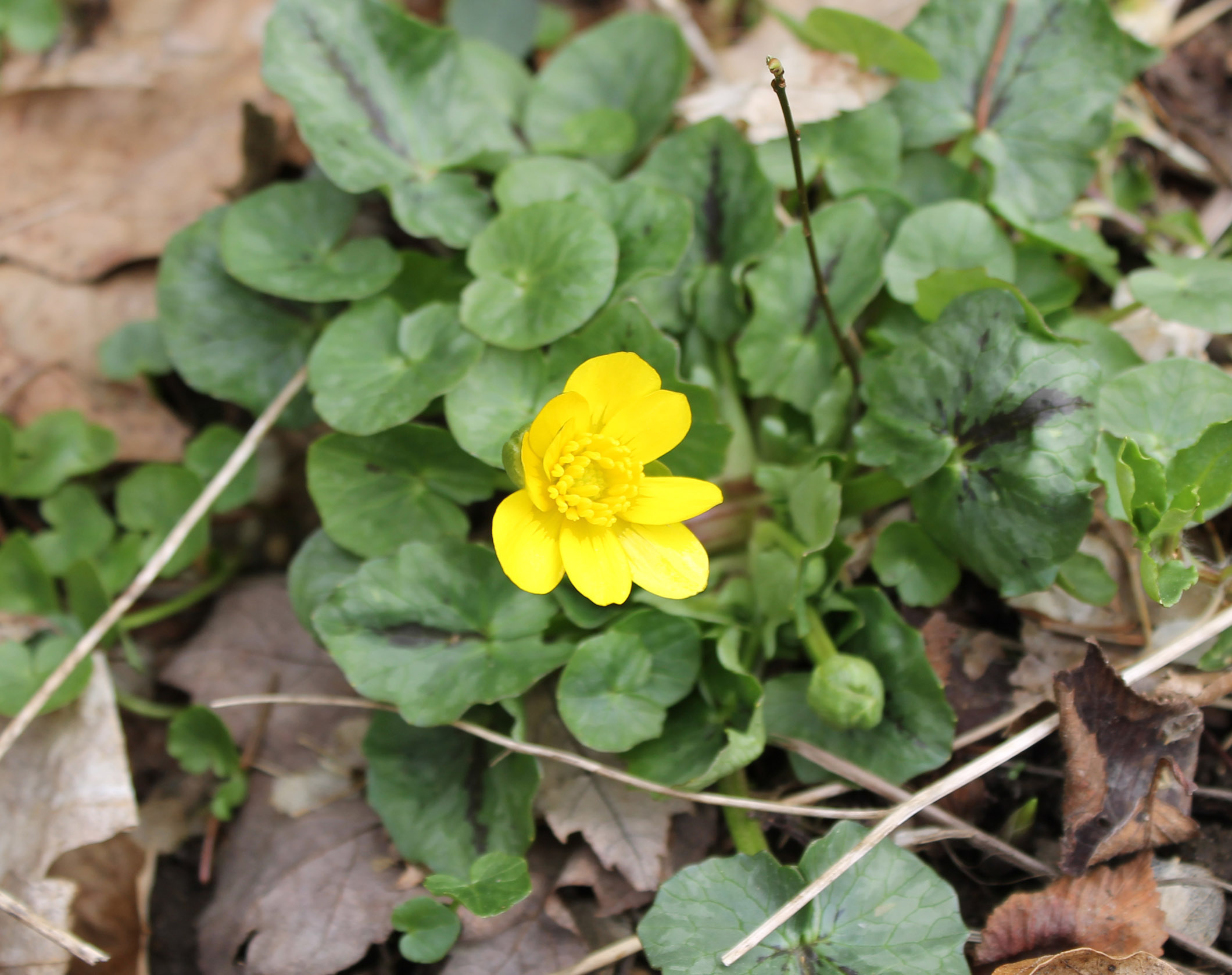

While the tubers are in the water, dig holes leaving at least 12 inches (30 cm) between each hole.First, soak the tubers in warm water for at least one hour before planting them.After the young plants get well-established and strong enough, you can simply transplant them into pre-prepared beds or pots.Seedlings will take 2 weeks to three months to appear depending on the specific species and growing environment.Then cover the trays again with clear glass material and place them in a shaded spot.Once the 3 weeks have passed, take the containers out and remove the polythene cover.Remember to water the seeds lightly and frequently during these three weeks to keep them moist.Keep the trays in a refrigerator for at least 3 weeks continuously.Cover the containers or trays with clear polythene or plastic to increase the humidity.First, sow the seeds in sterilized trays or containers and cover them with a very thin layer of soil.
#BUTTERCUP WEED HOW TO#
How to Plant Buttercupsīuttercups can be grown from both seeds and division of tubers but many chose the latter method as the former takes a bit more effort and time. Once these plants have started flowering, you’ll be able to see your buttercup blooms at least for 6 weeks annually and they’ll continue doing so for the rest of their remaining years. However, they have a long lifespan in comparison to many other similar flower plants which go over 10 years. Most of the time buttercup plants don’t generate any blooms within the first year of planting. On the other hand in zones 8 to 11 they’re planted in the fall as winter hardy perennials which produce flowers in the spring. For instance, from zone 4 to 7 these plants are grown as annuals so for a summer blooming experience they need to be planted in the spring.

The right time to start your buttercup cultivation differs based on the USDA zone your region belongs to. These plants reach up to a height around 30 cm (12 inches) and they bloom from June to October. Lesser spearworts can be found in wet places that are close to rivers, lakes and ponds and as well as in freshwater meadows and marshes. They have a tall, upright growth and are great for ponds in your garden. Water Buttercups (Ranunculus lingua)Ĭommonly called “Greater Spearwort”, these buttercups grow in water and have big flowers which are known to be the largest in their plant family. They’re small plants that prefer to thrive in sheltered and cool spots.

Goldilocks Buttercups (Ranunculus auricomis)Īlso known as “Wood Crowfoot” or “Greenland Buttercups”, these plants generate flowers with imperfect petals that differ in size and shape from each other. They also have swollen fibrous roots that are similar to bulbous buttercups but a little bit less obvious in size.
#BUTTERCUP WEED FULL#
These plants have furry stems full of minuscule hairs and are mostly found in wet or wastelands. They can even tolerate being stomped on which makes them perfect to grow on pathways as ground covers. Creeping Buttercups (Ranunculus repens)Ĭreeping buttercups are resilient weeds, which means they need very little care and maintenance. These roots have the ability to survive through the winter and start to grow back in the spring after the frost has passed. Bulbous Buttercups (Ranunculus bulbosus)īulbous buttercups were named so due to their thick, bulb-like roots that go deep in the ground. These plants grow up to a height of around 1 M (3 feet) and produce flowers mostly from April to October. This is the most common type of buttercups you can find in parks, grasslands, and gardens around you. However, some varieties are used in traditional Asian medicine to treat fever, redness of skin, and rheumatism. Most species of buttercups are toxic to humans and animals when consumed. Some of these colors include white, red, orange, pink, and purple. However, over time, many other new colors have been introduced through breeding and hybridization. Naturally, buttercups only produce flowers in shades of yellow. While most of them are perennials, some can be grown as annuals or biennials as well. Buttercups, (“Ranunculus”), are a widely diverse species that consists of around 600 varieties.


 0 kommentar(er)
0 kommentar(er)
